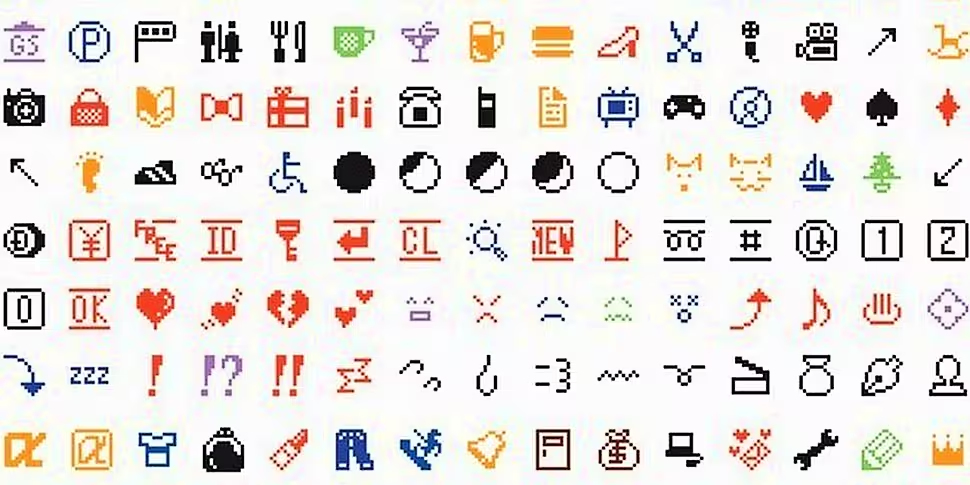As one of the most prestigious art institutions in the world, New York’s Museum of Modern Art has made headlines throughout the art world after it acquired the original 176 emoji designs for its permanent collection.
The pictographs, created by Japanese designer Shigetaka Kurita as a way to entice young users to the pager market in 1999, the original emoji are quite different from the ubiquitous yellow ones we know and recognise today. Coming in six colours – red, orange, lilac, grass green, royal blue, and black – the emoji are just 12 pixels by 12 pixels, and while the options are far more restrictive than the 1,851 options currently available, the original 176 still manage to convey a lot of meaning.
“They’re so incredibly beautiful and expressive, even though the technology at the time was so limited,” said Paola Antonelli, the senior curator in the department of architecture and design at MoMA.
Emoji were an immediate hit in the Japanese telecommunications market, but failed to find favour with global audiences for more than a decade, when they were finally adopted by the Unicode Consortium, an organisation responsible for structuring how languages are formatted in computer programming. When Apple made the decision to include them in an iOS update, emojis became mainstream, used regularly to augment the communicative nature of text-to-text messaging.
“We wanted to begin with these, but we’re not intending to stop,” Antonelli said. “This is not one moment in MoMA’s history, it’s a period. And with this digital design collection we’re moving very close to people’s skin. When I talk about emojis you viscerally know what it represents in your life. We could not do without them.”









